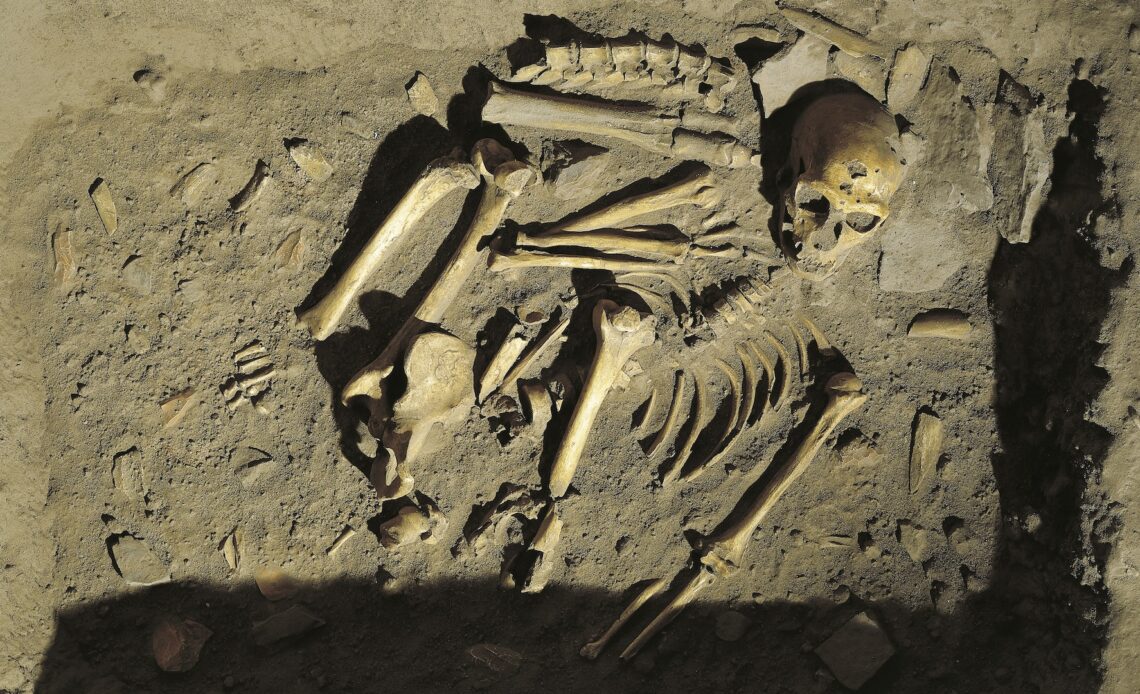Neanderthals are among the closest extinct relatives of modern humans, but they buried their dead differently than early Homo sapiens did, new evidence suggests.
Among the hominins — the group that includes humans and the extinct species more closely related to humans than to any other animal — Neanderthals and H. sapiens are currently the only ones known to bury their dead.
“We know there are other hominins that had some mortuary practices, that did something with their dead, but no others put their dead in holes and covered them up like we do and the Neanderthals did,” study lead author Ella Been, a paleoanthropologist at Tel Aviv University in Israel, told Live Science.
Related: Did we kill the Neanderthals? New research may finally answer an age-old question.
To learn more about the similarities and differences between the funerary practices of Neanderthal and H. sapiens, Been and Omry Barzilai, an archaeologist at the University of Haifa in Israel, analyzed 17 Neanderthal and 15 H. sapiens burials. The burials ranged from 35,000 to 120,000 years old and came from Western Asia, a region that Neanderthals and H. sapiens occupied at the same time.
The researchers found numerous similarities between Neanderthal and H. sapiens burials. “They both buried males and females, and babies, children and older people,” Been said. Both also buried items with people. For instance, previous digs found wild goat horns, red deer jaws, tortoiseshells and stone artifacts in Neanderthal burials, and deer antlers, boar jaws, seashells and the red mineral ochre with H. sapiens burials.
However, “there are also some big differences,” Been said. First, “Neanderthals buried their dead inside caves. Early H. sapiens either buried their dead outside of caves, or under the cave entrances, not under the roofs of caves.”
Second, “early H. sapiens almost always buried their dead in the fetal position, with their heads flexed down toward their chests,” Been said. “Neanderthals buried their dead in a variety of positions.”
“The data are limited, but this is an impressive survey,” John Hawks, a paleoanthropologist at the University of Wisconsin–Madison who did not take part in this research, told Live Science. Notably, he said there appear to have been consistent burial practices that distinguished Neanderthal and early H. sapiens burials. This is surprising because all of these small, scattered…
Click Here to Read the Full Original Article at Livescience…

